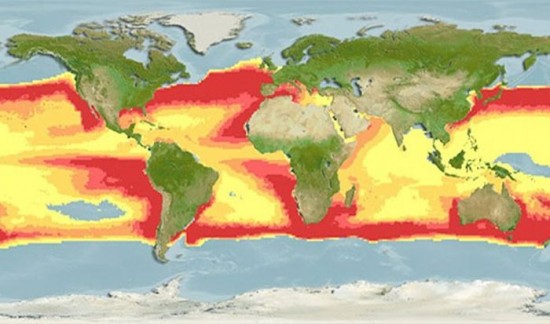

These include natural features, such as rivers and peaks, as well as political land boundaries and place names. This allows computation of synthetic three-dimensional views of the landscape, including simulated fly-overs. By placing the viewer in motion over the landscape, the fly-over gives a strong visual impression of three-dimensional terrain, even though it is viewed on a flat computer screen.Īlso linked to the image database are layers of GIS information.

As a result, the elevation of each pixel is known to an accuracy of 5–10 m, depending on the location. The images in Google Earth are linked to an elevation database that was also provided by an application of remote sensing using radar mapping technology. Most of the images are less than three years old. Some states and a number of European countries are covered by images at 1-m spatial resolution. A few locations are covered at resolutions as fine as 15 cm (6 in.). But many areas of much higher spatial detail are present, using other satellite sources as well as air photos. Basic coverage is provided largely by Landsat satellite data, with pixels 15 or 30 m (50 or 100 ft) on a side. Google Earth is a program for personal computers that allows users to roam the Earth's surface at will and zoom in on images showing the surface in detail. The program uses the Internet to access a large database of images maintained by Google. The spatial resolution of the images varies from location to location, depending on the Earth imagery available. Google Earth and World Wind are outstanding examples of these Earth visualization tools. Within the last few years, remote sensing, geographic information systems, and GPS technology have been integrated into new and exciting Internet tools for visualizing the Earth.


 0 kommentar(er)
0 kommentar(er)
